This is the third piece in a blog series written by Craig Anderson as he documents the design and construction of an off-grid LEED Gold passively-heated home.See post 1 of the off-grid homes blog her, the overview. orpost 2 in the off-grid homes blog here covering design and construction choices.
For better or worse,the property that my wife and I fell in love with was over a mile back down a private road, and our few other neighbours have summer-only cabins. There are no services of any kind that come down our road - no phone, no cable, no fiber optics, and of course, no power lines. The closest neighbor heats with wood, and handles cooking and a small amount of power generation with propane.
I looked briefly into bringing power lines back to our site, but an off-grid solution became the obvious choice when I realized that the price would greatly exceed $100,000 just to put in the power poles. I already had quite an interest in sustainable energy and solar power, so this provided just the impetus that I needed to pursue an off-grid home.
I'll list the vital statistics of our off-grid energy system first, and then say a bit about how the system has worked so far, as well as the updates that have already been implemented.
Our off-grid electricity generating system:
Photovoltaic panels:12 Solarworld 235 watt panels (2820W in total)
Additional panels (fall of 2015): 12 Jinko 250 watt panels (3000W total)
Batteries: 8 Deka deep cycle solar batteries, lead acid AGM 12V 265 Ah (a nominal 25 kWh storage)
Backup generator:Generac Ecogen, 6 kW
Electronics:
- Schneider MPPT 80 600 Charge Controller
- Schneider Conext SW 4048 Inverter/Charger
- Schneider Combox
- Schneider Automatic Generator Starter

|
|
Off-Grid energy system control panel © Craig Anderson
|
How the pieces fit together
Any electrical grid starts with power generation, and our off-grid generation system is no different. The majority of the time, all of our electricity needs are supplied by solar panels. However, there are times when the panels can't produce enough power (at night and on cloudy days) to meet demand.
Generally the batteries serve the role of storing enough energy to get us through a couple of days without much sun, but when the battery charge gets too low, the backup propane generator turns on and provides power to the house via an alternator that both powers the house and recharges the batteries.
电子学提供能量转换和通信。充电控制器从太阳能电池板获取高压电力,并将其降低,以便将适量和电压(略高于48V DC)的电力传递给其他系统。
大部分电能直接被储存到电池中,由电池以化学方式储存电能供以后使用。当家里的负载需要电力时,来自电池和充电控制器的48V电力被引入逆变器,它将电力转换成任何家庭中常见的正常家庭电力,120V交流电,通过标准断路器面板输出到家里。
逆变器实际上是一个逆变器/充电器,所以除了从电池和太阳能电池板的直流电到家里,它还可以把发电机(或其他人设置,电网)的交流电转换成直流电给电池充电。发电机自动启动器能在电池电压低于一定水平时启动发电机,确保电池不会放电过深。最后,Combox提供了一个可以控制所有其他设备的接口,还可以连接到互联网,我用互联网远程检查系统,并通过电子邮件定期向自己发送系统状态更新。
Solar panel orientation for off grid power generation
当我们讨论我们的系统设置时,我从我们的太阳能安装人员那里学到一个简单的经验法则,固定太阳能板的最佳方向是正南,角度等于一个人在地球上的纬度。这将使太阳能电池板的年输出功率最大化。我们在北纬45度,所以我们应该让面板与地面成相同的角度。对于我们最初的面板,我们能够得到这个方向,正南,45°角。
Through our first winter, I realized that there are some nuances to an off-grid system in the north country that aren't captured by that rule of thumb. There are two main problems with following this rule. The first is snow. It turns out that panels set at 45° don't shed snow as well as I'd hoped. The snow will clear after a day or so of sunny weather, but while the snow is still there, no power is produced by our off grid panels. Clearing them manually works fine, but we are not always there to do it.
The second problem is that an off-grid home is not in the business of producing the maximum total power over the year, it is about always having enough power available to keep the house running. Our summer power loads are extremely low, as no heating is needed, days are long and so very little artificial lighting is needed, and we spend much of our time outdoors. In the winter, when there is already less sun, our electricity needs are actually much higher.
These two problems have a shared solution, to set solar panels at a much steeper angle. This allows snow to slide off very easily, and squares the panels much better to the low-angled winter sun. Of course it is also possible to get around these problems with such things as seasonally adjustable solar panels, or the significantly more complicatedsun tracking systems for solar panels,但是固定面板的简单性(和低成本)是相当吸引人的。我甚至可以说,如果一个人要在美国北部或加拿大的离网家庭中安装固定面板,那么将它们更多地用于冬季发电是最好的选择。

|
|
Off Grid solar array includes steeply angled panels for winter © Craig Anderson
|
在最初的两个冬天,我们整个冬天都过于依赖我们的(功能不佳的)发电机,所以去年秋天我们增加了一个与地面成65°角的太阳能电池板。这大大减少了生成器所需的运行时间。正如你可以从相邻的照片中看到的,新的面板也朝向西南,这是有意的。西边的树林里有一块更好的空地,所以新的电池板被转动了一点,以便在一天的大部分时间里接受直射的太阳。
Off-Grid Power generation through the year
Finally, I've attached the power production estimate that my solar installer created for me prior to setting up the system. While a few details changed after these estimates were made (especially the doubling of our PV array), there is a wealth of data here about our local solar resource, expected consumption of power at our home, the efficiencies of the various components of an off-grid power system, and more. For any readers who may actually be considering building an off-grid system, this is the sort of nitty gritty details that you will need to consider.power_production_estimates.pdf
Detailed calculations for this off grid homes power production requirements are below -
to continue reading theoff grid blog, find part 4 here, off grid home heating

|
|
|

|
|
Off Grid Solar Panel Array calcs 2 ©
|

|
|
|

|
|
|


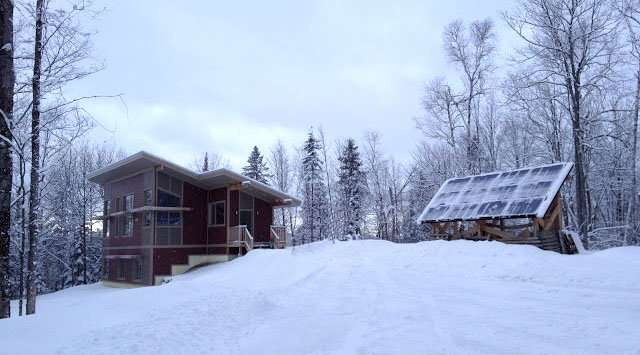















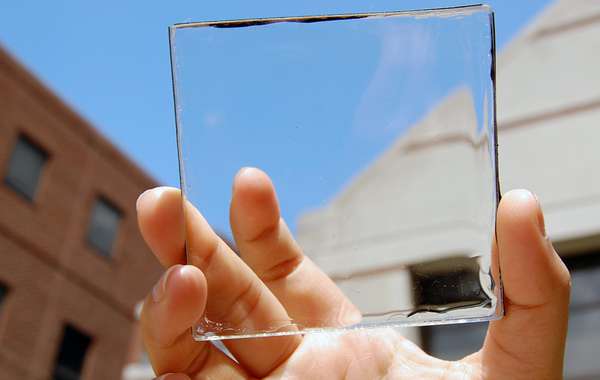

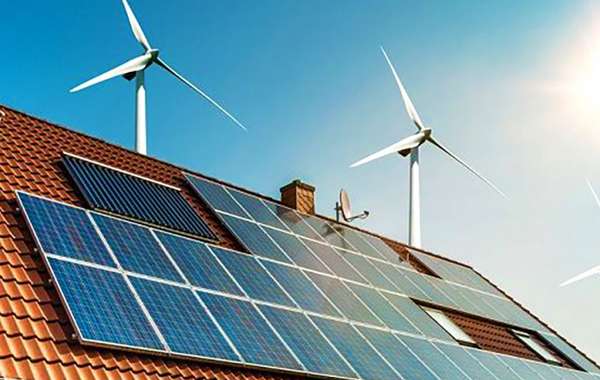
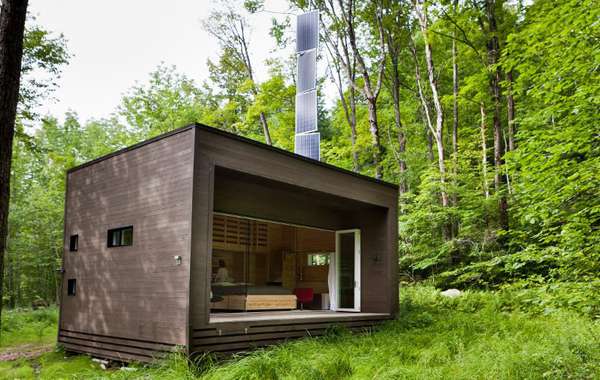
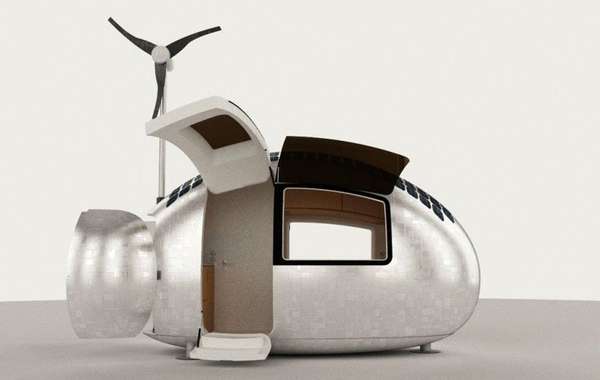
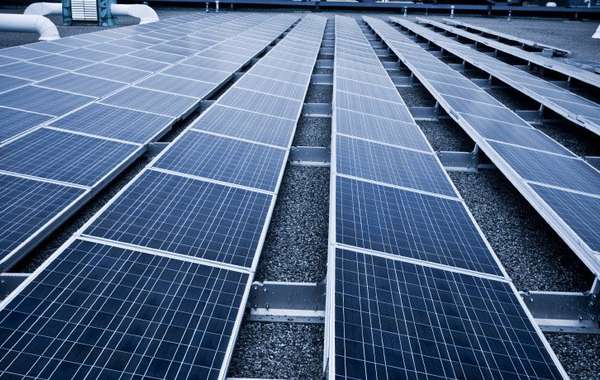
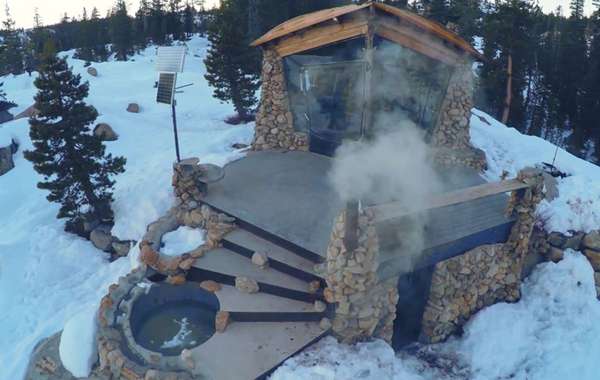
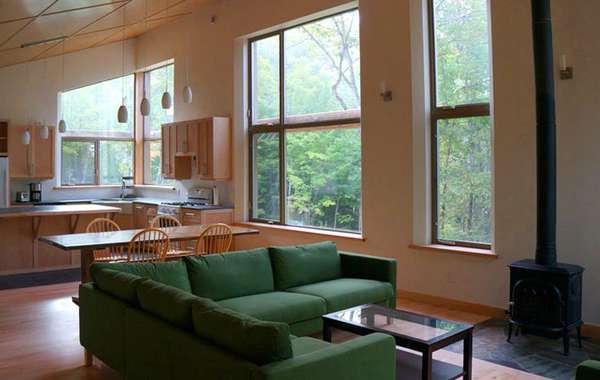
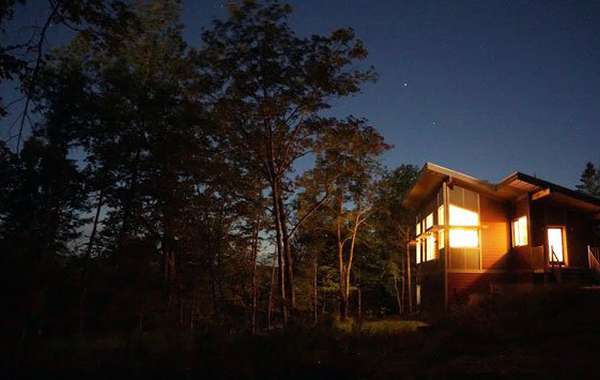
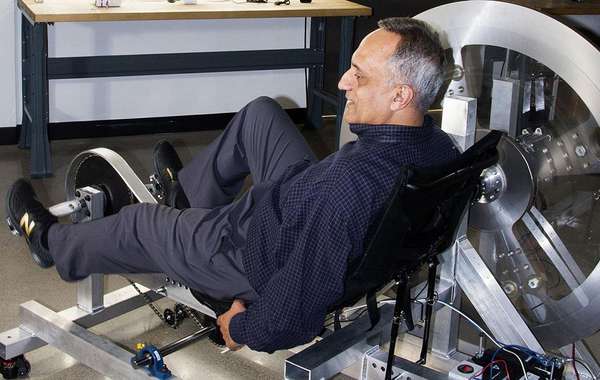
谢谢你发布这篇文章。我在不列颠哥伦比亚省北部有一个非常相似的家;很高兴看到其他人朝着类似的目标努力。
Good day If you are interested I am just getting set up as a distributor for a biomass cogeneration system that should qualify for a BC hydro rebate program it is 10kw of power and 25 kw of heat I am in central B.C. email me for the flyer and more details[email protected]I am looking for feedback as to interest in this idea Thank you
感谢分享这篇文章!I was looking some tips to set up myoff-grid system. I believe this article will help me.
真的很喜欢这个博客,克雷格。我和我的妻子刚刚越过边境,从西边靠近Pakenham的地方俯瞰渥太华山谷,并设想在四年后建造一个绿色家园。我能假设你有一口钻井吗?你们有与主要电器有关的消费数据吗?
Great work on this post, it was very informative.